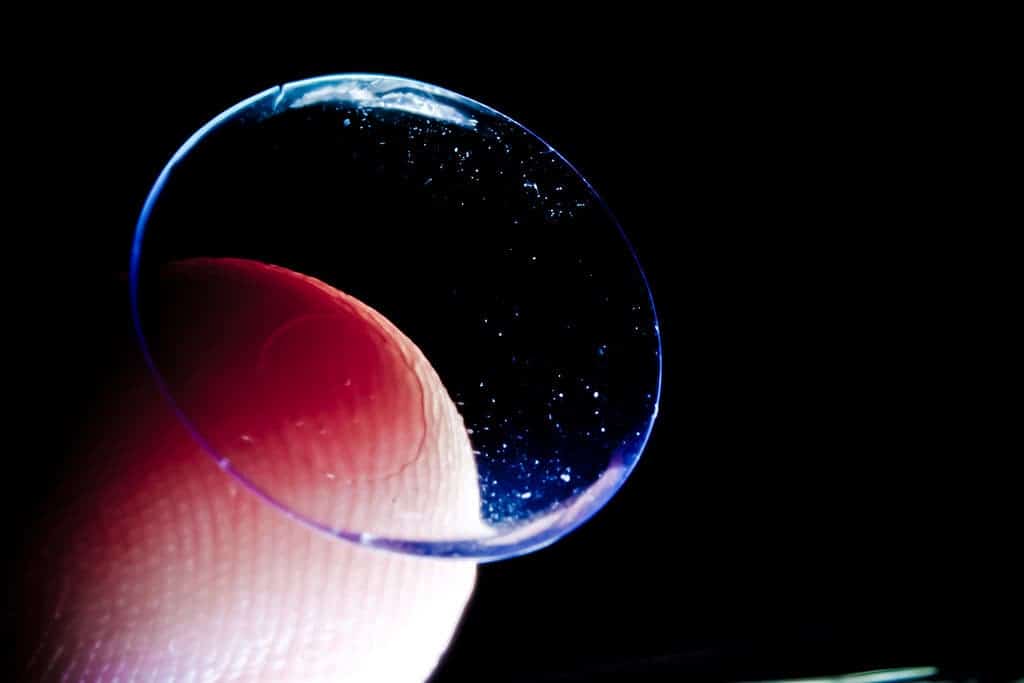New research is aiming to bring color back into the lives of the color-blind.

Color blindness can manifest itself in several ways, from people seeing certain colors in muted shades to not perceiving some at all. Needless to say, this is not the most enjoyable way to live your life and can cause real issues with color-cues, such as difficulties navigating a traffic light. Some of our fixes so far include tinted glasses or dyed contact lenses, but they all have their own shortcomings. The glasses can’t be used to also correct vision (so some people need to pick one or the other condition to fix), and the lenses can be unstable, potentially harmful if not used properly.
A new paper, however, reports on a new approach that can help address this issue: infusing contact lenses with gold particles.
Blingvision
Color blindness is a genetic disorder so, for now, our best approach to the issue so far is to treat its symptoms. The main issue with contact lenses employed for this purpose is that, although they are effective in improving red-green color perception, clinical trials have shown that they can leech the pigments they’re dyed with, potentially harming users’ eyes.
The current paper describes how the authors used gold nanocomposite materials to produce lenses with the same effect, but no dye. This process has been used for centuries already to produce ‘cranberry’ glass, they explain, and comes down to how the gold scatters light going through the glass.
In order to produce them, the team put together an even mix of gold nanoparticles and a hydrogel polymer. The end result was a rose-tinted gel that filters light within the 520-580 nm range, which corresponds to the colors red and green. Several types of nanoparticles were tested, and those who were around 40 nm in diameter were the most effective. During lab testing, lenses built with nanoparticles of this size did not clump, nor did they over-filter the color.
The lenses have the same water-retention properties like those of commercial lenses, and were non-toxic to cell cultures in the lab.
After comparing their lenses’ efficiency to those of two commercially-available pairs of tinted glasses and the pink-dyed contact lenses. The gold-infused lenses blocked a narrower band of the visible spectrum, and a similar amount to that of the dyed contact lenses. This suggests that the gold nanocomposite lenses would be effective for people with red-green colorblindness, but without the health concerns.
The lenses will now undergo clinical trials to assess their efficiency, safety, comfort, and practicality with human patients in real-life situations. If they pass, we could see them available commercially.
The paper “Gold Nanocomposite Contact Lenses for Color Blindness Management” has been published in the journal ACS Nano.









